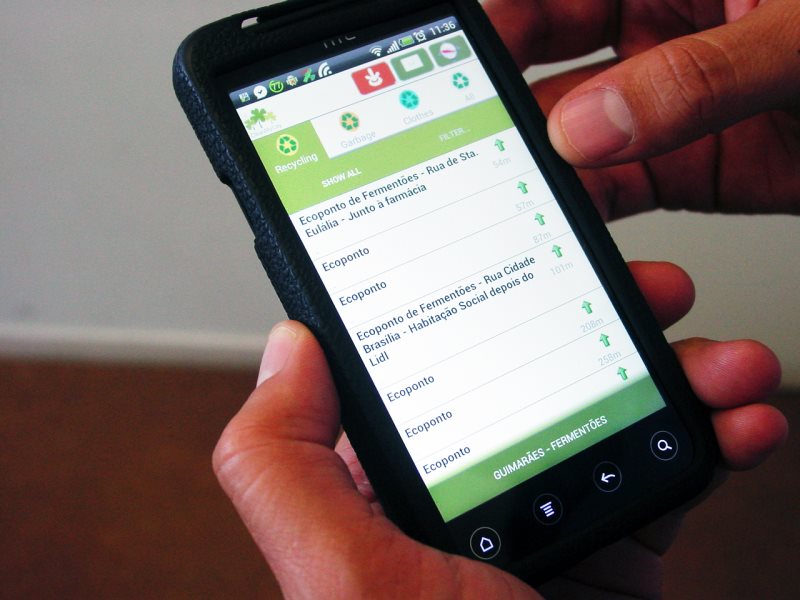INESC TEC concludes project APSAT
The conclusion of European project APSAT, in which INESC TEC participated, was celebrated in November in Anglet - Pyrénées - Atlantiques, France, with the conference Nature and Technology “Space applications for the benefit of our regions”. INESC TEC was represented at the event by Lino Oliveira and Rui Barros, researchers at INESC TEC’s Information and Computer Graphics Systems Unit (USIG), who presented a live demo of the CleanMyCity application.
31st January 2014
The CleanMyCity, an application for waste collection and management, was created and designed by USIG researchers Lino Oliveira, Rui Barros and Jorge Daniel Santos, and it was one of the solutions developed as part of the APSAT project. The goal with this project was to demonstrate the effectiveness of innovative satellite services, enabling communities to pursue a sustainable development. The app can be used in urban or in rural areas, and it helps citizens to report (in real time or delayed) the state of conservation of collective bins, and also notify the entities responsible on abandoned objects.
Other than the demonstration of the USIG technology and other solutions developed within the APSAT, the Nature & Technology “Space applications for benefit of our regions” Conference also included lectures, roundtables, workshops and demonstrations. The goal was to inform participants on the potential generated by the solutions that use satellites to manage activities. The conference addressed, among others, the issue of democratising the use of satellite applications in the areas of environment, tourism, coastal management, agriculture, forestry, transport and security in regions where citizen participation is key.
Video about CleanMyCity HERE.
The INESC TEC researchers mentioned in this article are associated with the following partner institution: INESC Porto.
INESC TEC, December 2013


